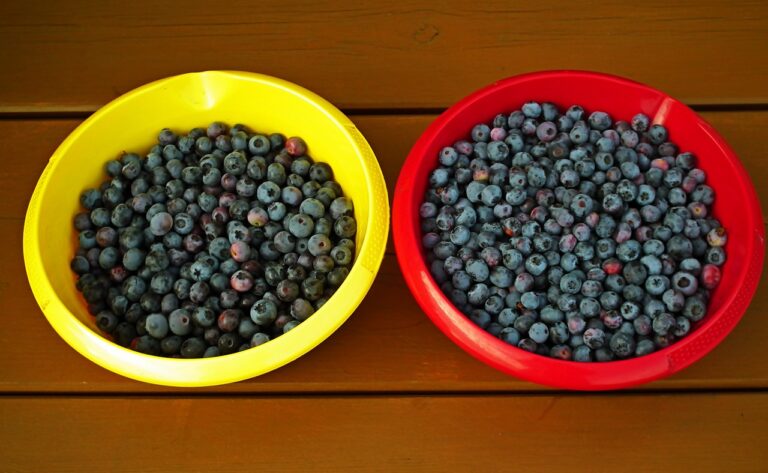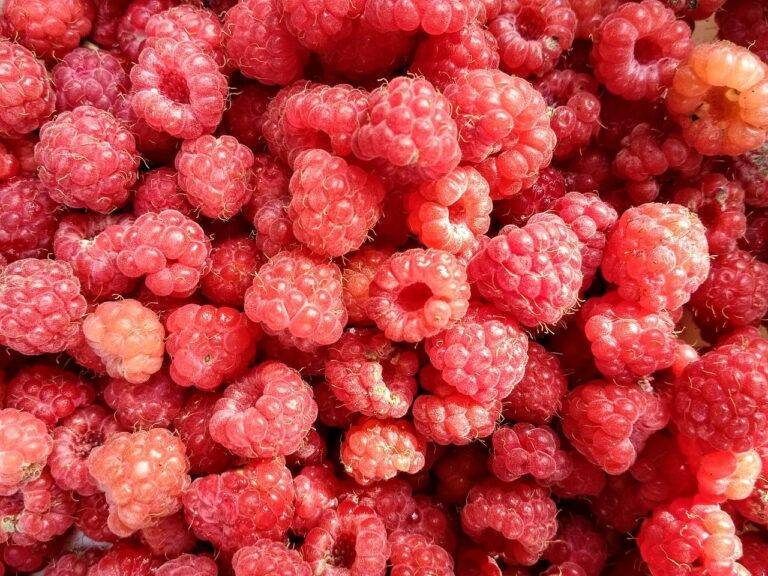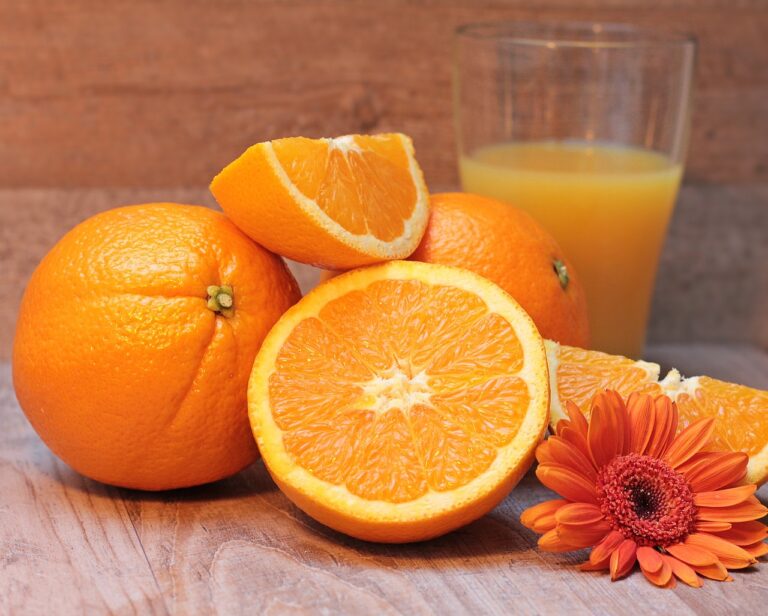Spotlight on culinary initiatives using surplus fruit pulp and puree to address hunger: World7.com, Mahadev app login, Silverexch login
world7.com, mahadev app login, silverexch login: Spotlight on Culinary Initiatives Using Surplus Fruit Pulp and Puree to Address Hunger
Have you ever wondered what happens to all the leftover fruit pulp and puree that is produced during the juice-making process? In many cases, it ends up being discarded as waste, contributing to the growing problem of food waste around the world. However, a new wave of culinary initiatives is emerging that aims to put this surplus fruit to good use by turning it into nutritious meals for those in need. In this blog post, we’ll take a closer look at some of these innovative projects and how they are making a positive impact on hunger relief efforts.
The Problem of Food Waste
Food waste is a global issue that affects both developed and developing countries. According to the Food and Agriculture Organization of the United Nations, around one-third of all food produced for human consumption is lost or wasted each year. This amounts to approximately 1.3 billion tons of food, worth nearly $1 trillion.
One of the main contributors to food waste is the production of fruit juice. When fruits are juiced, the pulp and puree that are left behind often go unused, leading to large quantities of waste. In addition to the environmental impact of this waste, it also represents a missed opportunity to provide nutritious food to those in need.
Culinary Initiatives Making a Difference
Fortunately, a growing number of organizations and businesses are recognizing the potential of surplus fruit pulp and puree as a valuable resource for addressing hunger. By working with local juice producers and farmers, these initiatives are able to rescue this food waste and transform it into delicious and nutritious meals for vulnerable communities.
One example of a culinary initiative using surplus fruit pulp is the “Pulp Pantry” project in Los Angeles, California. Founded by Kaitlin Mogentale, Pulp Pantry produces a range of healthy snacks such as granola bars and crackers using leftover fruit and vegetable pulp sourced from local juiceries. Not only does this help to reduce food waste, but it also provides a sustainable source of income for the juiceries and promotes healthier eating habits among consumers.
Another inspiring project is the “Refruit” initiative in Brazil, which works with fruit juice manufacturers to collect and process surplus pulp into fruit puree. This puree is then distributed to local food banks and community kitchens to create nutritious meals for low-income families. By leveraging existing food supply chains, Refruit is able to make a significant impact on food insecurity in the region.
FAQs
Q: How can I get involved in culinary initiatives using surplus fruit pulp?
A: There are several ways to support these initiatives, such as volunteering your time, donating funds or resources, or simply spreading the word about their work. You can also look for products made from surplus fruit pulp at your local grocery store and choose to support brands that are committed to reducing food waste.
Q: Is surplus fruit pulp safe to consume?
A: Yes, surplus fruit pulp is perfectly safe to eat and is often used in a variety of food products such as baked goods, smoothies, and sauces. It is important to ensure that the pulp is processed and handled properly to maintain its quality and safety.
Q: How can I reduce food waste in my own home?
A: There are many simple steps you can take to reduce food waste at home, such as planning your meals, storing food properly, and using up leftovers creatively. You can also compost food scraps to reduce your overall environmental impact.
In conclusion, culinary initiatives using surplus fruit pulp and puree are a creative and effective way to address hunger while also tackling the problem of food waste. By supporting these projects and making more conscious choices about our food consumption, we can all play a part in building a more sustainable and equitable food system for the future.







